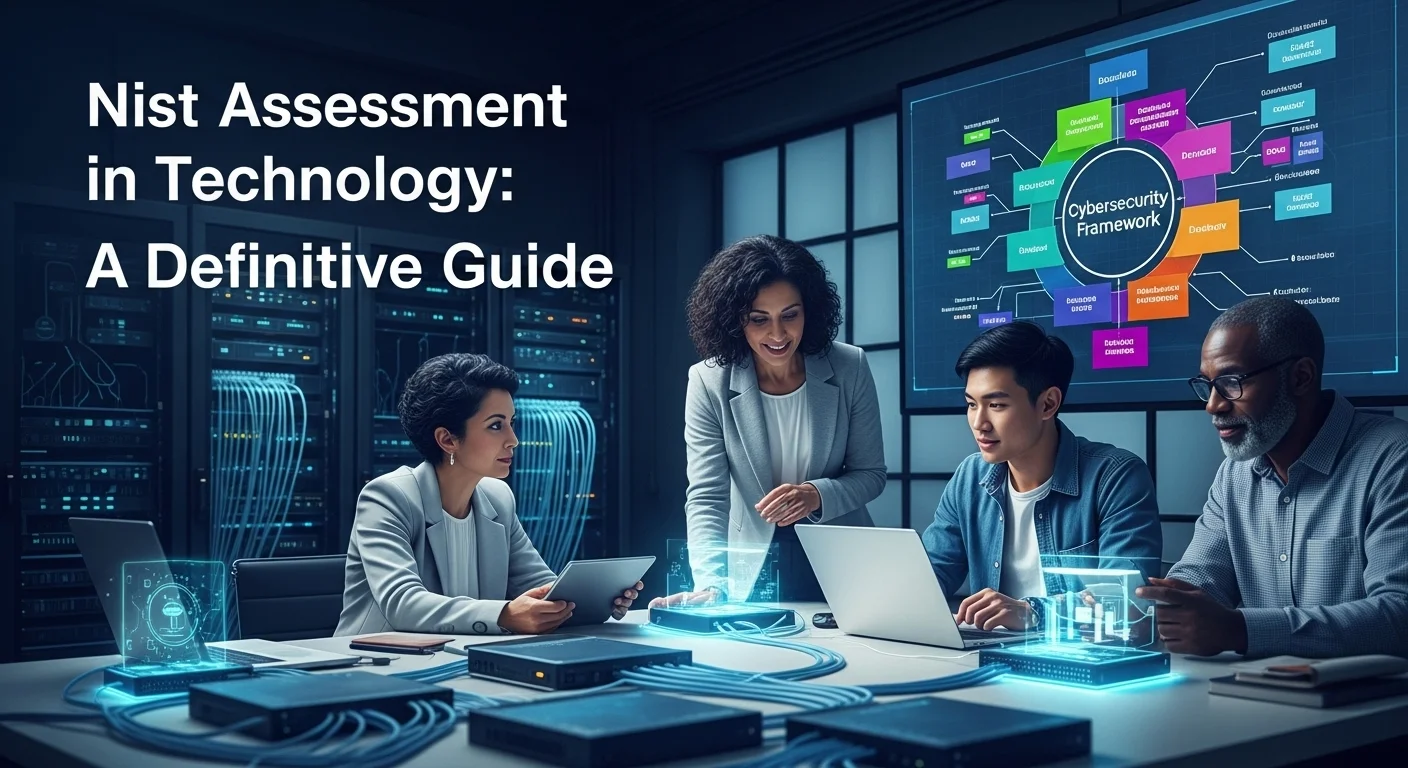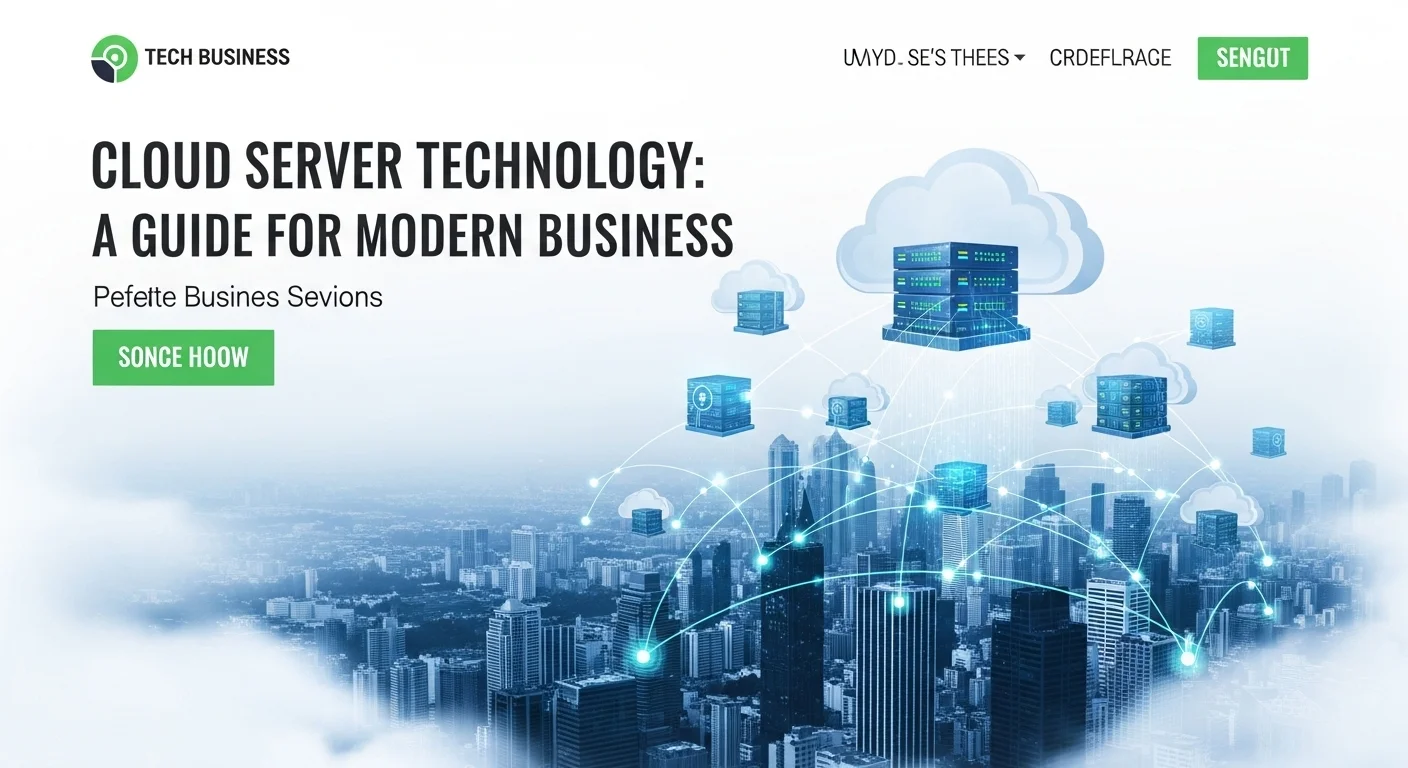A Practical Guide to NIST Assessment: What It Really Means for Your Business

Executive Summary
In my 15+ years in cybersecurity, I've seen countless businesses struggle to understand where to even begin with security. The National Institute of Standards and Technology (NIST) provides a framework that isn't just a compliance checklist; it's a roadmap to genuine resilience. This guide is my attempt to demystify the NIST assessment process. We'll break down the key components like the Cybersecurity Framework (CSF), risk evaluations, and maturity models, so you can see how they apply directly to protecting your critical assets, building customer trust, and ensuring your company's future in our digital world. This is for the tech leaders, IT pros, and business owners who want to build a truly strong defense.
Table of Contents
- What is a NIST Assessment and Why Should You Care?
- A Complete Guide to NIST Assessments for Your Business
- Practical Tips for a Successful NIST Assessment
What is a NIST Assessment and Why Should You Care?
In a world where a single data breach can make headlines, we can't afford to treat cybersecurity as an afterthought. Technology is the engine of modern business, but it also opens doors to new threats. That's where the National Institute of Standards and Technology (NIST) comes in. Think of NIST as the gold standard for cybersecurity best practices. A NIST Assessment is basically a health check-up for your organization's security, measuring it against these expert guidelines to see where you're strong and where you need to improve.
The heart of this is the NIST Cybersecurity Framework (CSF), which I've used with dozens of companies. It’s a flexible framework built around five simple, crucial functions: Identify, Protect, Detect, Respond, and Recover. A CSF assessment looks at how well you're doing in each of these areas. The 'Identify' function, for example, is fundamental. I always tell my clients, 'You can't protect what you don't know you have.' This step is all about mapping out your critical systems, data, and potential risks. It's the foundation of any solid security strategy.
From there, we dive into a NIST risk assessment. This isn't just about finding technical flaws; it's about connecting those flaws to real business consequences. We use guidelines like NIST SP 800-30 to ask tough questions. For instance, what if a hacker group targets your customer database? What’s the vulnerability they might exploit, like an unpatched server? We then determine the likelihood of that happening and the impact it would have—from lost revenue to a damaged reputation. This analysis has been a game-changer for many organizations, as it allows them to stop putting out fires and start investing their security budget where it matters most.
The term NIST security assessment often gets used for the more hands-on, technical part of the evaluation. This is where my team and I roll up our sleeves and look at the nuts and bolts: firewall rules, access controls, encryption, and patch management. For a SaaS company, we’d be scrutinizing their cloud setup, how they encrypt data, and the security of their code. It's a deep dive to confirm that the policies on paper are actually working in practice. This is vital for meeting regulations like HIPAA or CMMC, where failing to protecting your critical assets can result in massive fines.
Finally, a NIST maturity assessment helps you see the bigger picture. It's not just about having security controls, but about how well-managed and effective they are. NIST uses a scale from Tier 1 (Partial) to Tier 4 (Adaptive). A Tier 1 company might be purely reactive, whereas a Tier 4 organization is proactive, learning from past events to predict and stop future attacks. This assessment gives you a clear roadmap for improvement, helping your security program evolve from a basic necessity into a strategic advantage that fosters trust and resilience.

A Complete Guide to NIST Assessments for Your Business
Starting a NIST Assessment can feel like a huge project, but with the right approach, it's a powerful tool for building a secure business. The key is preparation. First, you have to define your scope. Are you looking at the entire company, or just one critical system? Your goals also need to be clear. Are you aiming for regulatory compliance, or are you trying to understand your internal risks better? From my experience, the most successful assessments involve a team from across the business—not just IT, but also legal, HR, and operations. Security is a team sport, and getting everyone's perspective is essential for seeing the whole picture.
The process usually centers on the Cybersecurity Framework (CSF). A CSF assessment starts with creating what NIST calls a 'Current Profile.' This is a snapshot of where your security stands today. You map your current activities and controls to the framework's five functions (Identify, Protect, Detect, Respond, Recover). For instance, under the 'Protect' function, there’s a control for managing access based on the principle of least privilege. To build your profile, you'd gather evidence—policy documents, system settings, access logs—to show how you're handling that. Then, you create a 'Target Profile,' which is your goal for where you want to be. The gap between your current state and your target state becomes your action plan.
A huge part of this is the NIST risk assessment. This isn’t a one-size-fits-all exercise. NIST offers different tiers for risk management, from the high-level organizational view down to the nitty-gritty of a specific information system. A technical-level assessment, often guided by NIST SP 800-30, is a cycle: you frame the risk, assess it, respond to it, and then monitor it. The assessment phase itself involves identifying threats (like hackers or system failures), finding vulnerabilities (like outdated software), figuring out the likelihood of an attack, and determining the potential business impact. This is where tools like a Business Impact Analysis (BIA) are invaluable, as they help you put a real number on what a disruption could cost you.
When we get to the technical NIST security assessment, especially one following detailed guides like NIST SP 800-53 or SP 800-171, we get very granular. My team uses a mix of methods: we review documentation, interview key staff, and conduct technical tests. This can include everything from automated vulnerability scans and penetration tests to manually checking the configurations of servers and network devices. There are fantastic resources out there to help. NIST provides tools like the CPRT, but there are also many commercial and open-source platforms that can automate evidence collection and risk analysis. These Governance, Risk, and Compliance (GRC) tools can streamline the entire process, from start to finish.
To top it all off, a NIST maturity assessment provides that strategic view. It’s not just about having a control in place, but how well that process is integrated into your business. For example, a 'Repeatable' (Tier 3) organization has formal, documented procedures that are followed consistently. An 'Adaptive' (Tier 4) organization takes it a step further, constantly learning and improving its defenses. This kind of assessment gives you a clear, quantitative way to measure your progress over time and benchmark against others in your industry. By combining a technical security review with a strategic maturity assessment, you get a complete and actionable picture of your security posture, enabling you to build a program that is both compliant and genuinely resilient.

Practical Tips for a Successful NIST Assessment
To get the most out of a NIST Assessment, you have to see it as more than a one-time audit. It's a continuous journey of improvement. In my practice, I advise clients to treat it as a cycle. The digital world changes fast, so your security needs to keep up. That means regular assessments—at least once a year, or whenever you make a big change to your IT environment, like moving to the cloud or launching a new application.
One of the best things you can do is build a security-first culture. A CSF assessment isn't just an IT problem; it's a business challenge. When you bring in people from finance, legal, and operations during a risk assessment, you get a much richer understanding of the true impact of a potential breach. This collaboration also builds company-wide support for security initiatives. And never underestimate the power of employee training. I've seen a simple phishing email cost a company over a million dollars. Your employees are your first line of defense, so investing in their awareness is crucial.
Using the right tools can make a huge difference. Governance, Risk, and Compliance (GRC) platforms are a lifesaver for managing the complexities of a NIST security assessment. They automate a lot of the manual work, like mapping controls and collecting evidence, and often come with pre-built templates for NIST frameworks. For the technical side, you absolutely need tools for vulnerability scanning and penetration testing. I’m a big believer in continuous monitoring tools that give you real-time insight into your security, helping you catch issues between your formal assessments.
When you're doing a NIST maturity assessment, your goal should be continuous improvement. A practical tip is to focus on great documentation. Keep detailed records of your findings, remediation plans, and results. This not only proves due diligence but makes your next assessment much easier. Also, when you set your 'Target Profile' in the CSF, be realistic. Don't try to jump from Tier 1 to Tier 4 in one go. Create a phased roadmap with achievable goals. Maybe the first step is just to establish a formal risk management process to move from 'ad-hoc' to 'risk-informed.' This step-by-step approach makes progress manageable and sustainable.
Finally, don't be afraid to ask for help. Conducting a comprehensive NIST Assessment can be tough, especially for smaller businesses. Partnering with a good cybersecurity consulting firm can give you the expertise and objective viewpoint you need. They can help you find your gaps, build a solid plan, and even implement new security controls. For more self-study, the official NIST Cybersecurity Framework website is an excellent resource full of guides and references. By combining these strategies—a continuous mindset, a strong culture, the right tools, and expert help—you can turn your NIST assessment from a compliance chore into a powerful driver for a more secure and resilient business.
Expert Reviews & Testimonials
Sarah Johnson, Business Owner ⭐⭐⭐⭐
This was a good starting point for understanding NIST assessments. As a small business owner, I would have loved to see a few more real-world examples for companies my size, but it definitely cleared up the basics.
Mike Chen, IT Consultant ⭐⭐⭐⭐
As an IT consultant, I found this guide very helpful for framing the NIST process for my clients. It breaks down the key components well, though a simpler explanation of the SP 800-series documents would have made it perfect.
Emma Davis, Tech Expert ⭐⭐⭐⭐⭐
An outstanding and comprehensive article on NIST assessments. It was incredibly useful for my specialization studies, connecting the dots between theory and practical application. Everything was explained perfectly. Highly recommend!



